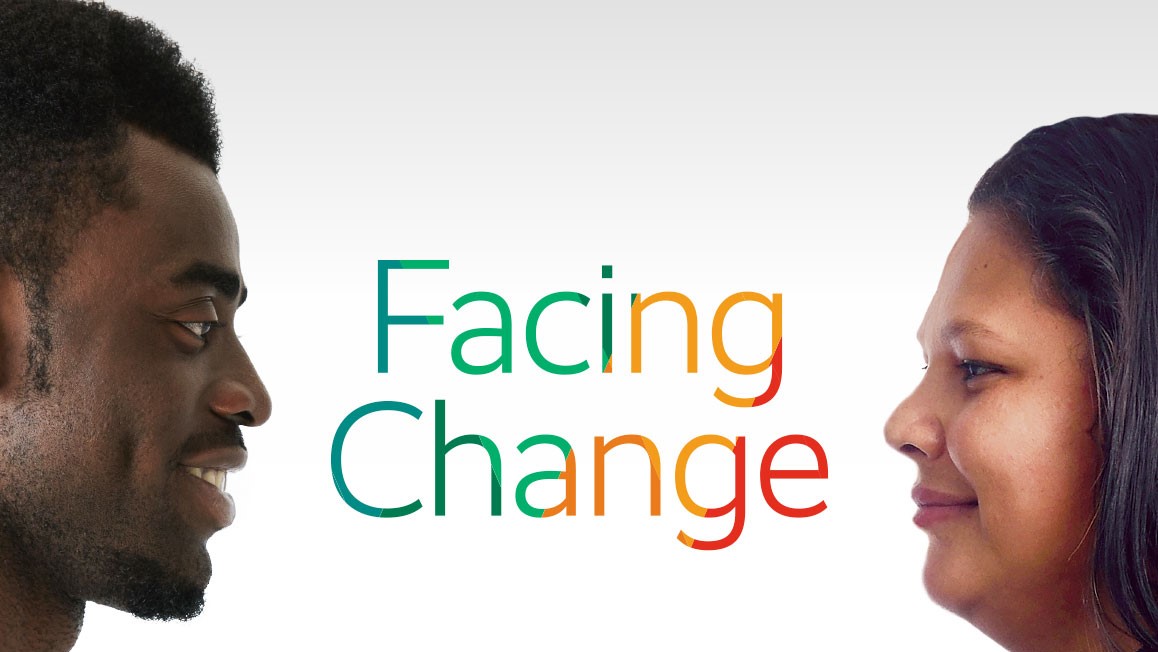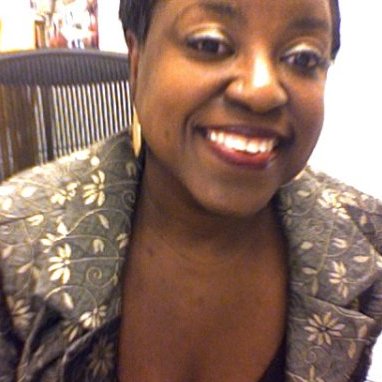
I have always believed that the “alliance” in the American Alliance of Museums’ title is truly descriptive of its aspirational aims: that together we derive strength from the service we render to the museum field. As I consider similarly sized and situated organizations that are less reliant on the volunteerism and enthusiasm of their membership, I am better able to understand the loyalty of, fondness for, and devotion to AAM and its constituents.
Among my highlights of 2017 was a letter that came to me from the pen of Ms. Laura Lott, President & CEO of the American Alliance of Museums and Dr. Johnnetta Betsch Cole, then recently retired from the Smithsonian, inviting participation in a new endeavor—a short-term working group that would examine diversity, equity, accessibility, and inclusion (DEAI) efforts Alliance-wide and make initial recommendations out of its findings. Ultimately, the goal would be to streamline and standardize DEAI norms and nomenclature to help the field more easily understand and implement best practices that would serve audiences who are too frequently removed from the dialogue. The terms of the invitation stated a five- or six-session involvement; most likely one day per month from early spring to late summer; to work at the AAM offices in Arlington, Virginia, convening with bright, active, energetic minds and hearts around these important issues. Of course, I would attend!
I had no idea what I was getting myself into when I agreed to go. Pittsburgh, Pennsylvania, and the DC area are not too far away in distance, so a few hours’ drive here, a same-day round-trip travel there was not too difficult to arrange. What proved challenging was the coming together of more than 20 minds and hearts in unison around definitions, approaches, suggested strategies, and paths forward. These were 20 colleagues—most of whom I had met in person and truly respected—with perhaps 300 cumulative museum years among us: directors, independent professionals, volunteers, curators, educators, board members, enthusiasts. All of us had something meaningful to contribute to discussions of diversity, equity, accessibility, and inclusion. We all came from across the United States representing different backgrounds, identifying in several different ways and ordering those differences through different lenses and with different weights. Our communication styles and passion for teaching and learning shone through as we debated hour after hour in the AAM conference room whether accessibility should refer solely to disability justice, whether and where language difference should be categorized, and why the term “diversity” should still matter, jaded as the term had become.
Led by co-chair Dr. Johnnetta Cole, erstwhile Director of the Smithsonian Institute’s Museum of African Art, we bantered playfully, respectfully, and persuasively to get our points across. Many of us spoke for more than ourselves—we represented peers, groups, institutions, and alliances. We wanted to make sure all the voices were heard—around the table and outside the circle. Dr. Cole would often include ancestral voices, calling on old African proverbs to shape our call to action and invite us to reflect. Co-chair Laura Lott gave of her time and talents as the AAM institutional leader, sometimes answering hard questions about whether and when DEAI plans or efforts would figure into future accreditation requirements or what the role of AAM was in suggesting or mandating DEAI strategies. AAM’s then director of inclusion, Dr. Nicole Ivy, brought with her a soft Southern charm and humor that warmed us to the work and focused our feelings.
While DEAI work is not new to many fields, it is relatively new to museums. As I like to say, “There was never a Brown v. Board for museums.” We found that while many museums had community outreach and education programs that “included multicultural voices” or “reached the underserved,” few seemed to have strategies across their museums to address personal, internal, and external museum work with and for staff, visitor, and community constituents. Was there an equitable and diverse mix of staff at each level of museum professional work? Could staff of color move up the ranks in leadership? Were LGBTQ staff allowed to be their authentic selves at work? We found that we needed to clearly define each term in the acronym: they were too often commingled and too easily misunderstood. We formed subgroups of the Working Group members to explore these issues in greater depth. We had homework to do in-between monthly meetings. We looked forward to speaking on the phone during our monthly lulls. We researched, discussed ideas with colleagues, and brought our best work to the boardroom when we once again convened. In order to be fully immersed in the work, we needed to involve the individuals and groups for whom we were speaking, and that required intentional, authentic discussion in real time.
After our third or fourth meeting, it was clear we had enough data and sense of direction to document our findings as a working group in the form of a report that could be used by museums as a guide, for their edification, understanding, and support. Our deep work would soon become a standard by which museum professionals could measure their knowledge about the importance of diversity, equity, accessibility, and inclusion in every facet of museum work and life.
The six meetings I was able to attend in-person and by phone were among the best meetings of my career. They modeled dignity and respect despite varying opinions and many areas of difference. It could have been so easy to become despondent or frustrated—yet our mutual affection and a singular eye to the goal in mind fueled our successes. I have attended lengthy day-long meetings before and still do. The difference is that the synergy and sense of purpose that permeated our Working Group propelled us to a creative, sound product of which we all were proud. Dr. Ivy published the report in its entirety in the spring of this year, along with a shorter snapshot of our findings. Since that time, I have heard many practitioners across the field refer to our shared definitions, reference the work, and contemplate the same challenging questions that allowed us to think more deeply and clearly about the impact of DEAI in museums today.
I’m truly grateful for the opportunity to have worked shoulder to shoulder with brilliant colleagues on this effort, and I can’t wait to see what the Alliance does next!








